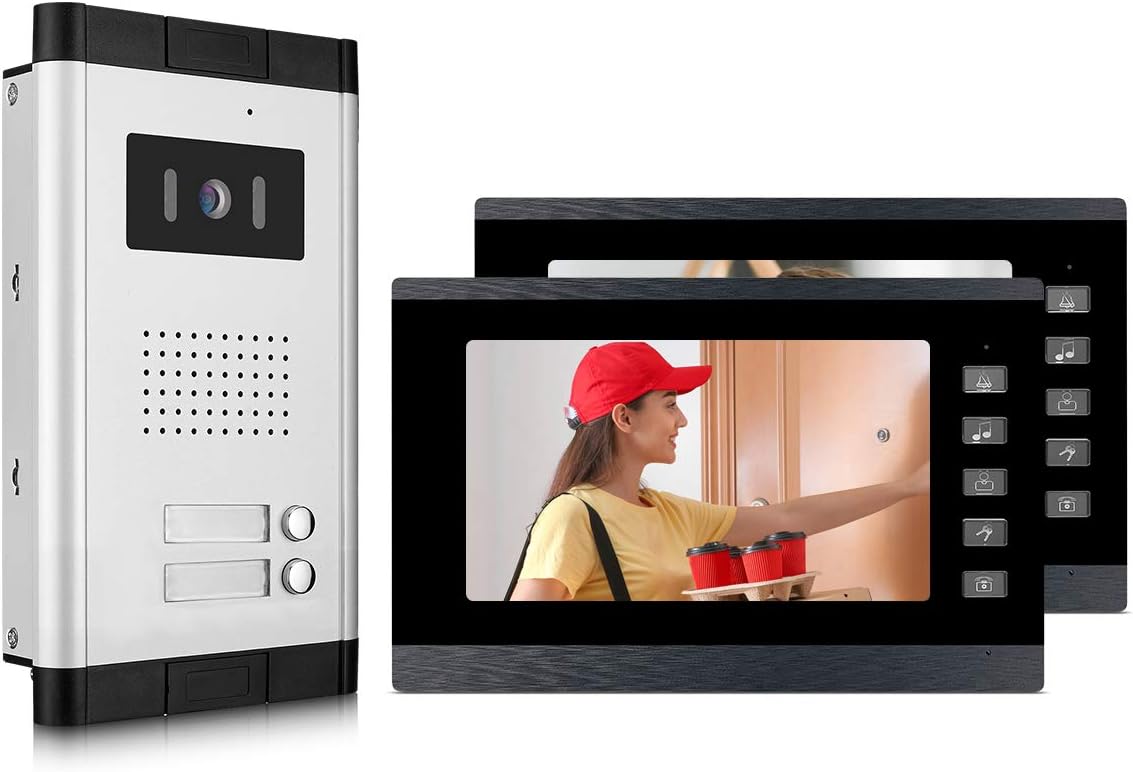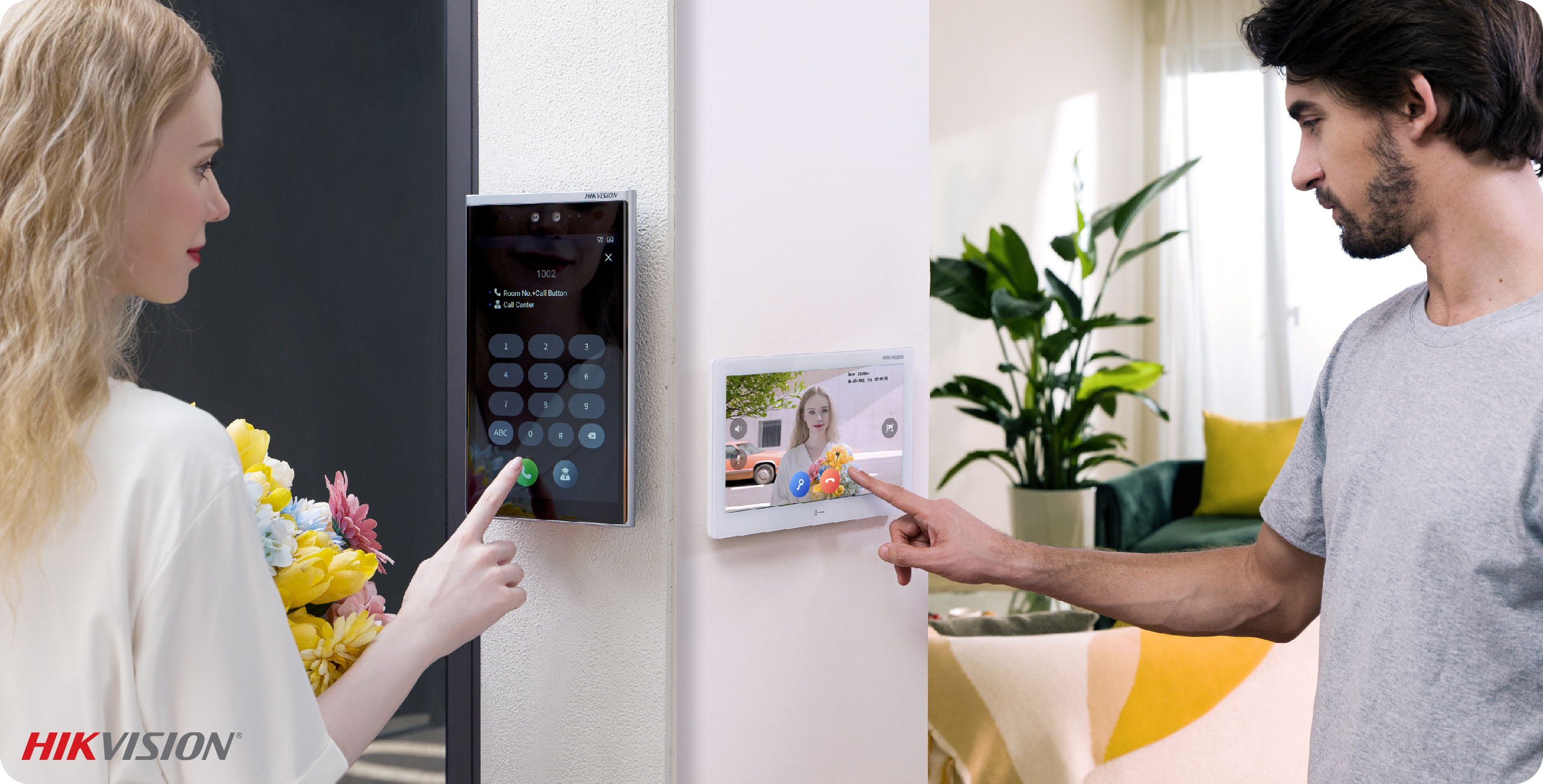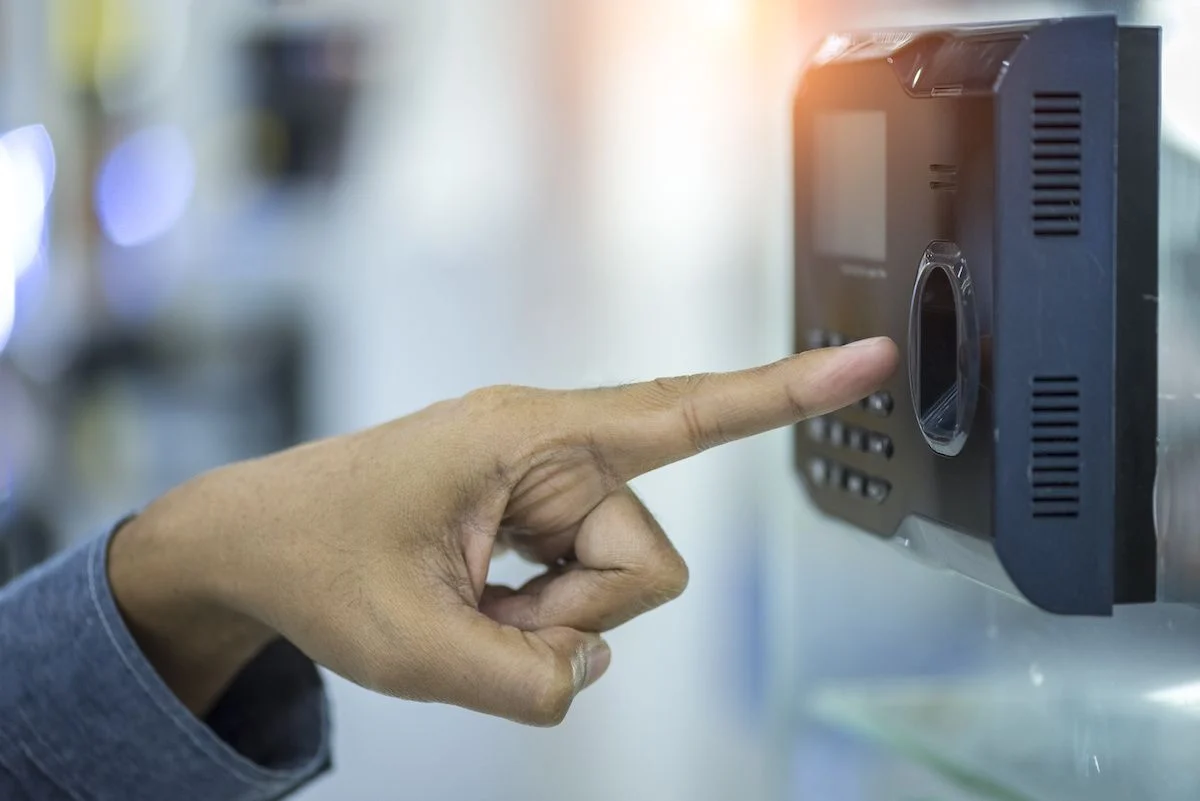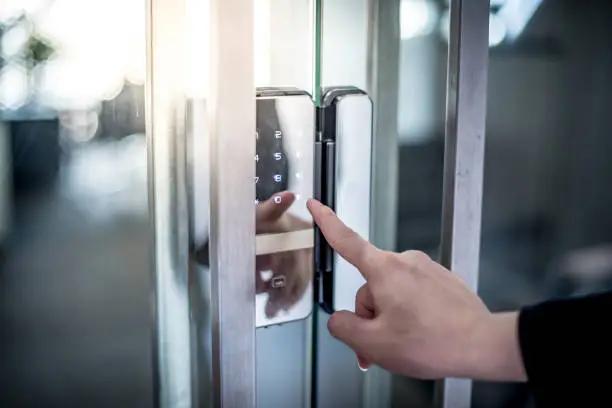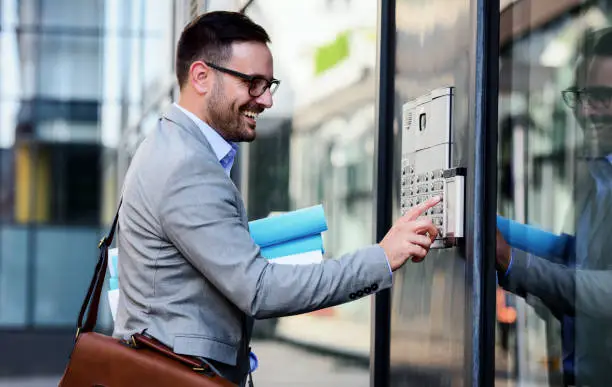A video door phone system, often referred to as a video intercom system or a video doorbell, is a security and communication device that allows residents or property owners to visually and audibly communicate with individuals at their front door or entrance. These systems typically consist of several components and provide enhanced security and convenience. Here are the key components and features of a video door phone system:
Components of a Video Door Phone System:
- Outdoor Unit (Doorbell Camera):
- The outdoor unit is typically installed at the front door or entrance. It includes a camera, microphone, speaker, and call button.
- The camera captures video footage of visitors and transmits it to the indoor unit.
- The microphone and speaker allow two-way audio communication between the visitor and the resident.
- Indoor Unit (Monitor):
- The indoor unit is placed inside the property, typically near the entrance or in a central location.
- It features a screen that displays live video from the outdoor camera.
- The resident can communicate with the visitor through a built-in microphone and speaker.
- Intercom System:
- Many video door phone systems offer additional intercom features, allowing internal communication between different rooms or areas within the property.
- Access Control Integration:
- Some video door phone systems can be integrated with access control systems, allowing the resident to remotely unlock the door or gate for the visitor.
- Recording and Storage:
- Some advanced systems offer recording capabilities, allowing residents to capture video footage of visitors.
- The recorded footage may be stored on internal memory or external storage devices.
- Connectivity:
- Video door phone systems may connect to the home’s existing Wi-Fi network, or they can be wired directly into the property’s electrical system.
Features of Video Door Phone Systems:
- Video Surveillance: Residents can visually verify the identity of visitors before allowing entry, enhancing security.
- Two-Way Communication: Residents can communicate with visitors, ask questions, and provide instructions without opening the door.
- Remote Access: Some systems offer smartphone apps that allow residents to see and communicate with visitors from anywhere, offering enhanced convenience and security.
- Motion Detection: The camera can be equipped with motion sensors to capture footage and send alerts when motion is detected outside the door.
- Night Vision: Infrared or low-light technology enables clear video capture during nighttime or low-light conditions.
- Multiple Units: Systems can support multiple indoor units, allowing communication from various locations within the property.
- Integration with Smart Home Systems: Some video door phones can be integrated with smart home systems to control lights, locks, or other devices in response to a visitor’s presence.
Video door phone systems are commonly used in residential buildings, apartments, and single-family homes to enhance security and streamline visitor management. They allow residents to interact with visitors remotely, adding a layer of security by preventing unauthorized access. The systems can also be used for communication within the household, making them a valuable addition to modern home security and convenience.




